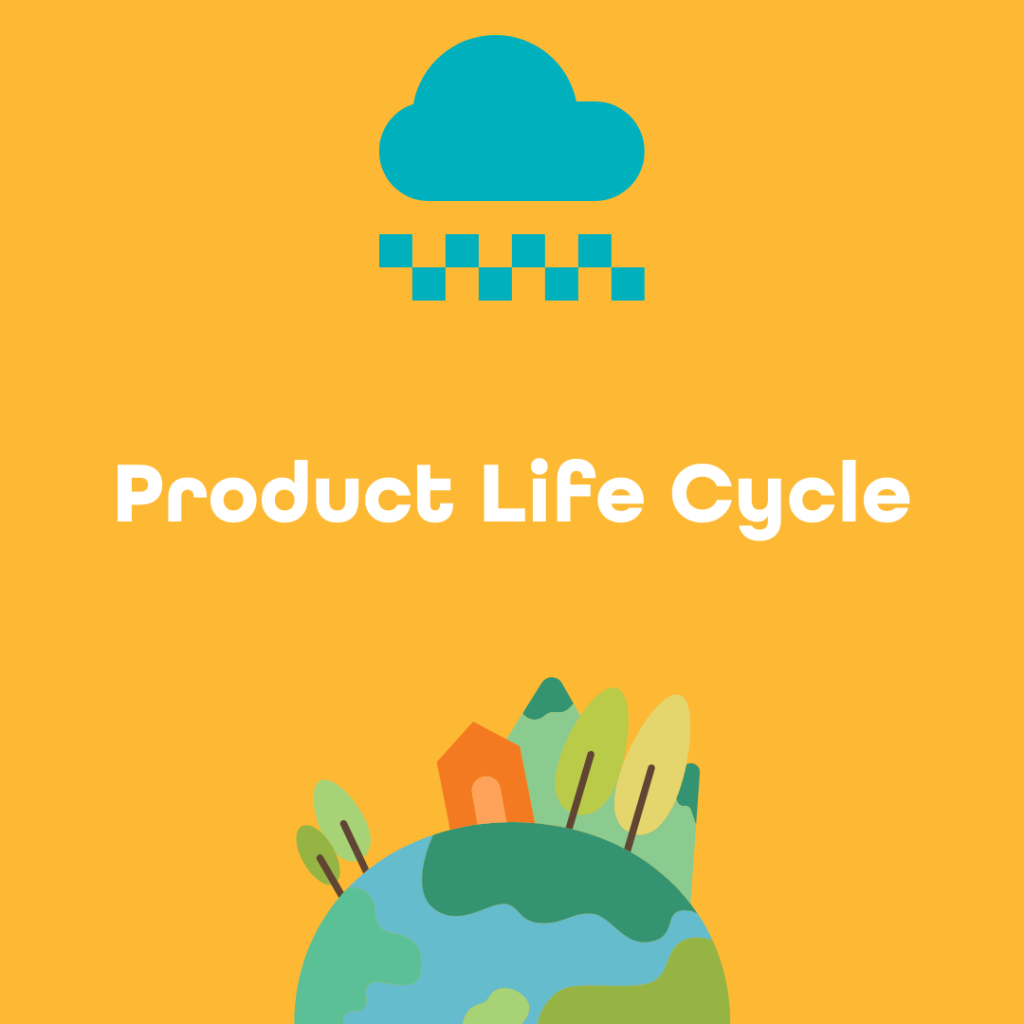Plush for the Planet: Exploring Ecosystem Sustainability

A Michigan-based company, The Bear Factory, had a vision to offer a green product line that holds up to sustainability standards while also providing an opportunity to educate children on the importance of animal conservation and environmental sustainability. More than two years of research and development led to Plush for the Planet, a sustainable collection of plush animals made from 100% recycled fabrics.
CELF launched a partnership with The Bear Factory in spring 2023 to develop a collection of resources to help kickstart conversations about sustainable resource use with the children in our lives. We hope that these resources can lead to explorations of a “circular economy,” where the materials and products we no longer need – such as old clothes, scrap metal and obsolete electronics – can be returned to the economy to be reused and recycled into new, useful products, thereby reducing pollution and waste. The below resources can also help children learn more about the ecosystems where The Bear Factory‘s plushie animals come from, and ways we can protect them. Check back here regularly for new CELF activities and resources.
Learn more about Bear Factory’s commitment to Social and Environmental Responsibility
Resources
Product Life Cycle
Everything we consume comes from nature and returns to nature. What is its complete journey, and how is it connected to other systems? As students trace the resources and stages involved in producing some common products, they build an understanding of the systems involved in enjoying products they use everyday. In this lesson, students will construct an explanatory model to identify the stages and processes of a product.
Grades: 2–12
Curricular Connections: Science, Social Studies, Art
My Journey to Sustainability game!
What does Sustainability mean? How are the animals we love impacted by climate change? In this game series, explore key sustainability ideas and ways that you can help protect the people and animals you love in your community and across the globe.
Grades: K-5
Nature Exploration Scavenger Hunt Activity
Students will use observation skills to see what makes up their place. This activity encourages students to take on the role of becoming “scientists” to explore and use their five senses. This will foster a connection to their place and cultivate a sense of stewardship.
Grades: PK–5
Colors of Place Activity

Students will gain a deeper connection to the place of investigation and develop a systems thinking mindset about the connections between living organisms and nonliving objects (biotic and abiotic) and their interconnected roles within a place.
Grades: K–12
Today’s Trash is Tomorrow’s Problem Activity

Students will analyze plastic items in their backpacks and classrooms to determine what they’re made out of and what happens to those items after their use.
Grades: 4–12


